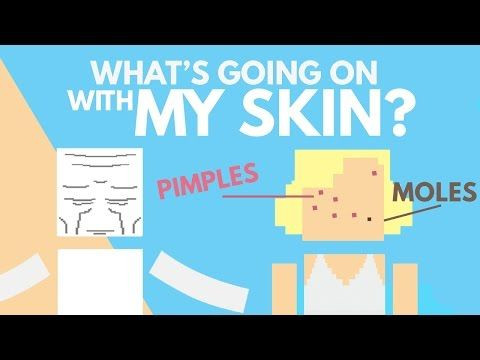Why Do We Get Pimples? That And Other Skin Conditions, Explained

If someone ever said to you as a kid, "Your epidermis is showing," then it's likely this was your introduction to the science of our skin — the largest organ of the human body. It's also the fastest growing organ in the body, as it constantly works to protect our inner organs from outside invaders, such as bacteria and the sun's harmful UV rays. But as the guys at Life Noggin note, it's not without its flaws.
From pimples to rashes and moles to wrinkles, our skin is constantly in flux. Life Noggin’s video (seen above) is an effort to describe what happens when these flaws occur, and set straight some myths. Contrary to popular belief, fatty and oily foods don't actually encourage the development of pimples, meaning you can go ahead and eat that plate of bacon you've been avoiding. The presence of moles also isn't a guaranteed sign of skin cancer, which is an incredibly scary suspicion.
Now, while we'll let Life Noggin explain what actually happens when you get a pimple, rash, and wrinkles, there's more to the mole story than it lets on. True, a mole that's larger than a pencil eraser or one that's present from birth might be cause for concern, but the moles that should really inspire a trip to the doctor's office are ones that appear where they weren't before, are asymmetrical, irregularly bordered, continue to grow over time, or become elevated. According to the Skin Cancer Foundation, these are common signs of melanoma — one of the deadliest forms of skin cancer — and, as Life Noggin points out, a common result of too much sun exposure.



























